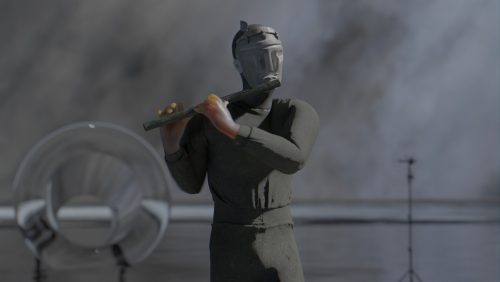
Lennart Lahuis, Paul Valentin
Lennart Lahuis & Paul Valentin: Solid Currents
Project Info
- 💙 BRITTA RETTBERG
- 🖤 Lennart Lahuis, Paul Valentin
- 💜 Julia Anna Wittmann
- 💛 Dirk Tacke
Share on
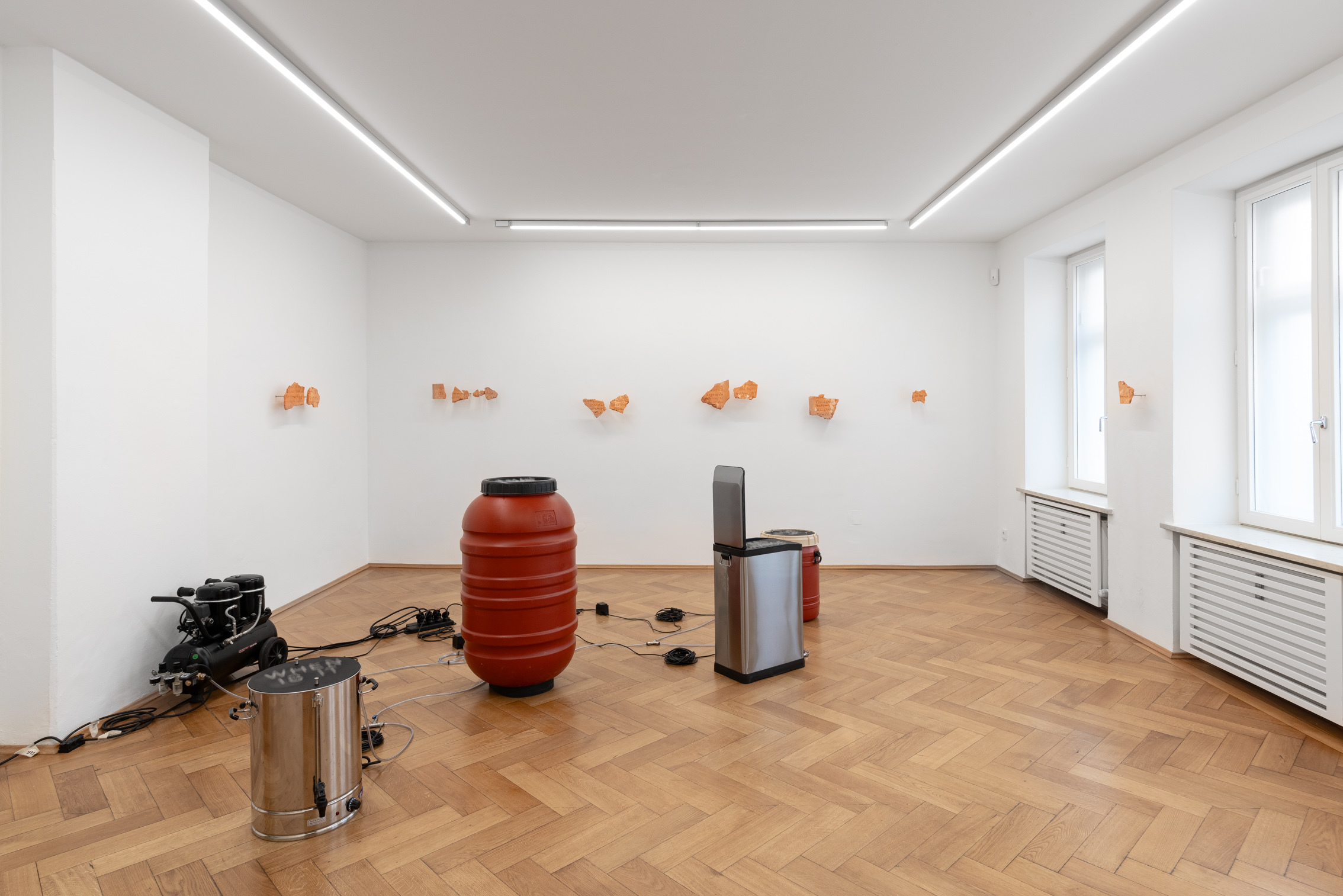
Installation view, Lennart Lahuis & Paul Valentin: Solid Currents, Britta Rettberg Munich, 2024.
Advertisement

Installation view, Lennart Lahuis & Paul Valentin: Solid Currents, Britta Rettberg Munich, 2024.
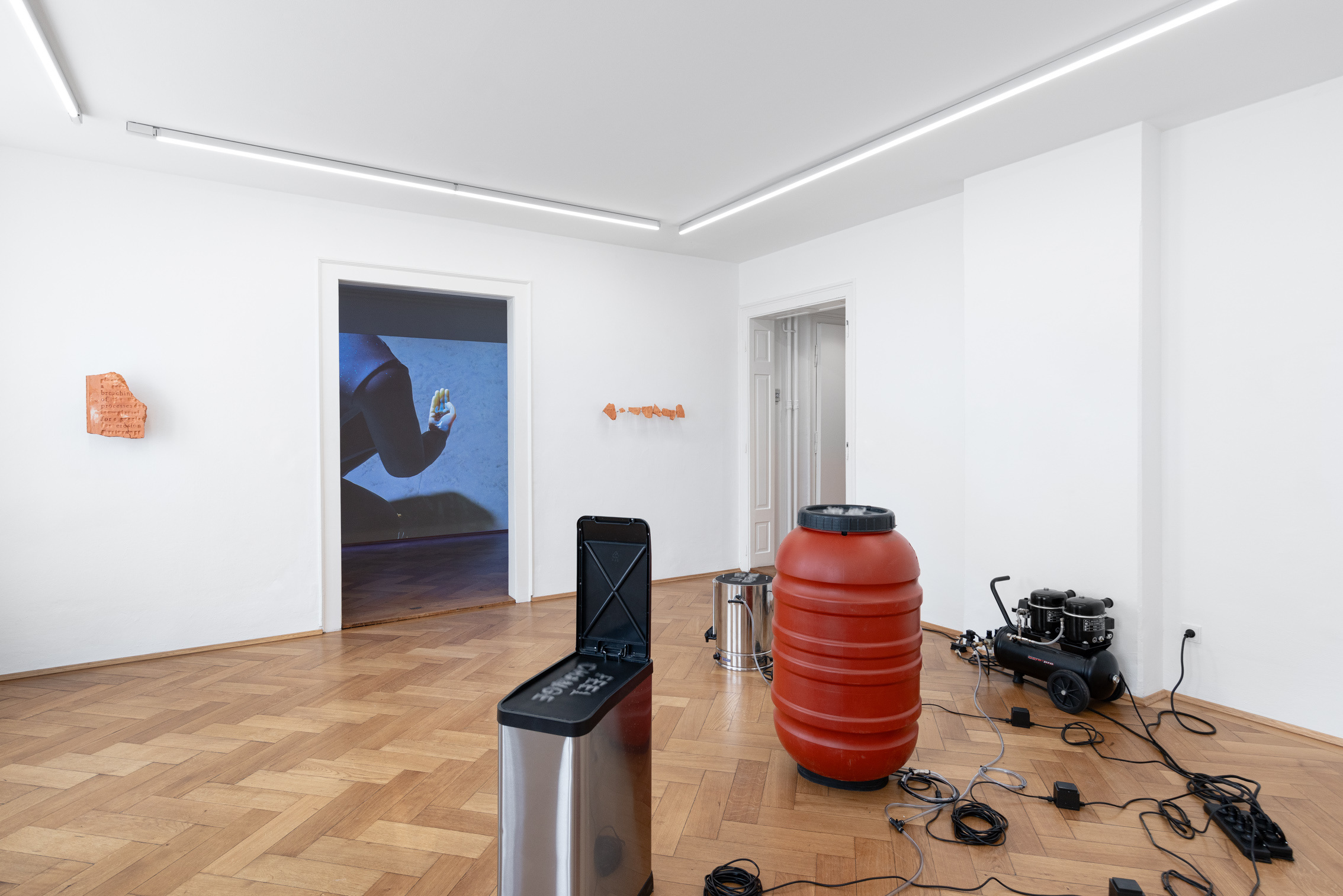
Installation view, Lennart Lahuis & Paul Valentin: Solid Currents, Britta Rettberg Munich, 2024.
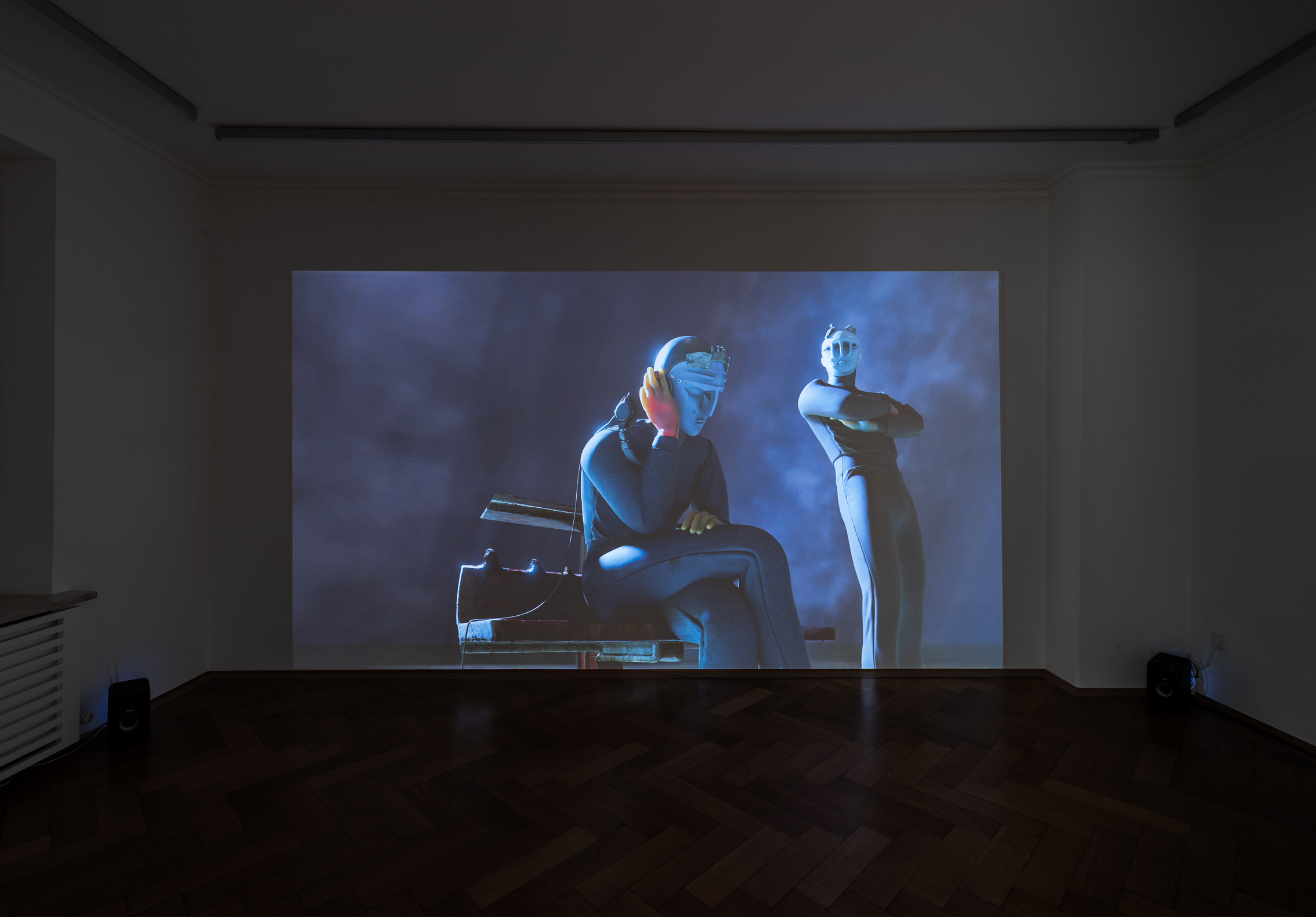
Paul Valentin, "Coda", 2024, video, 16:9, 4K, sound, 14 min.
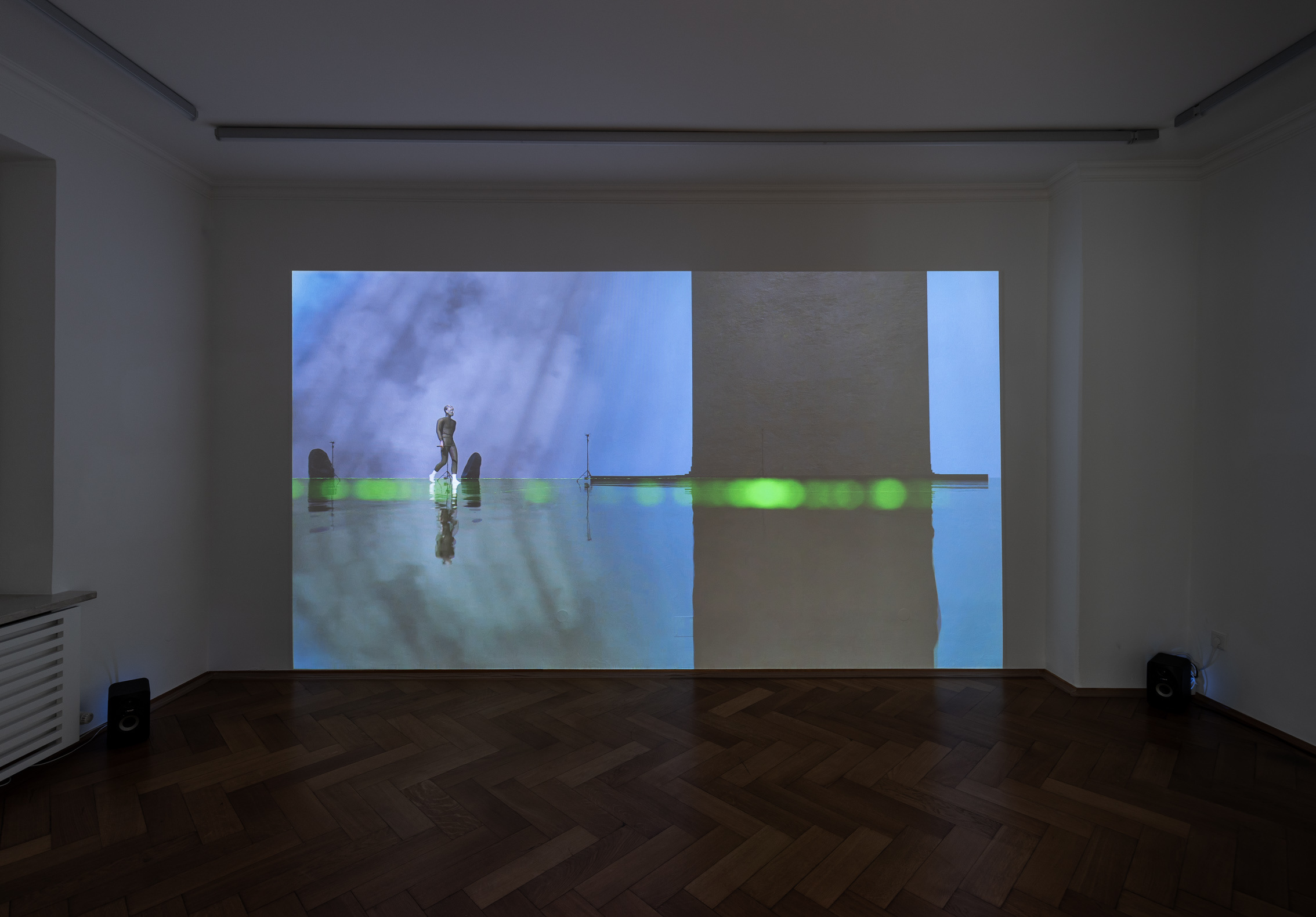
Paul Valentin, "Coda", 2024, video, 16:9, 4K, sound, 14 min.

Lennart Lahuis, "MURMUR #14/ Here as we speak", 2018 - 2024, clay and stainless steal, 15 x 50 cm.

Lennart Lahuis, "MURMUR #42/ A breaching of the processes for erosion", 2018 - 2024, fired clay and stainless steal, 42 x 27 cm.
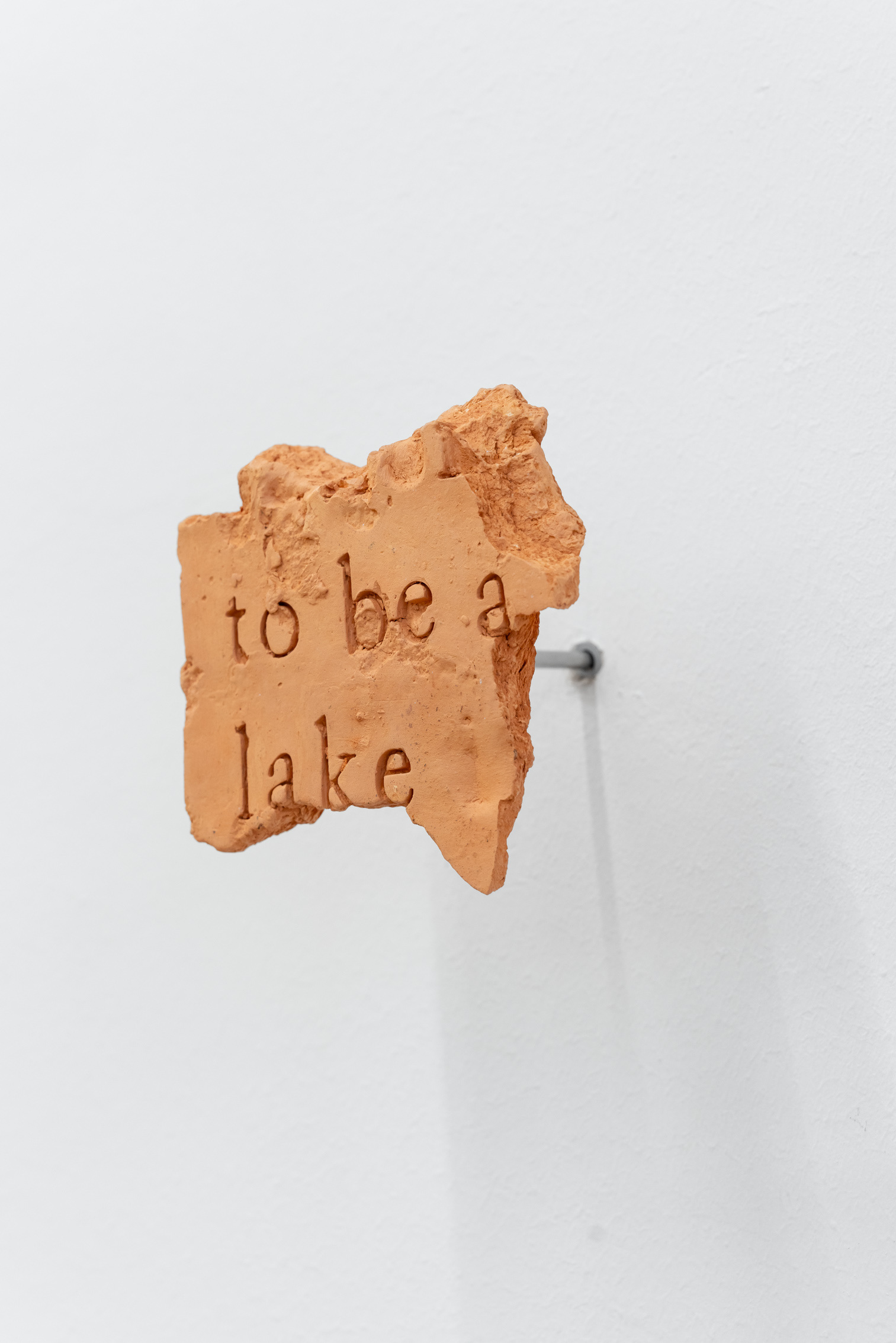
Lennart Lahuis, "MURMUR #41/ To be a lake", 2018 - 2024, fired clay and stainless steal, 14 x 20 cm.
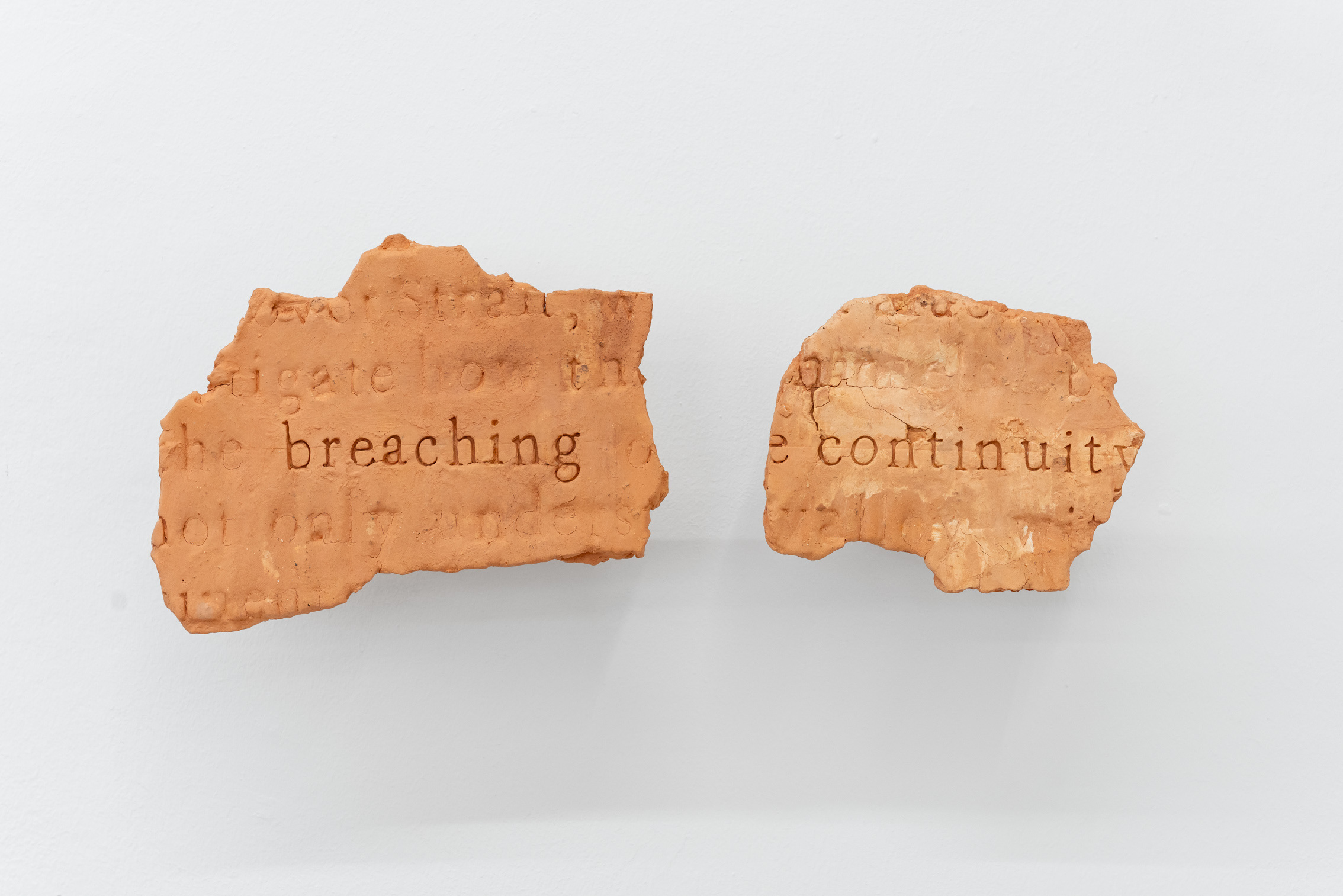
Lennart Lahuis, "MURMUR #42/ A breaching of the processes for erosion", 2018 - 2024, fired clay and stainless steal, 42 x 27 cm.
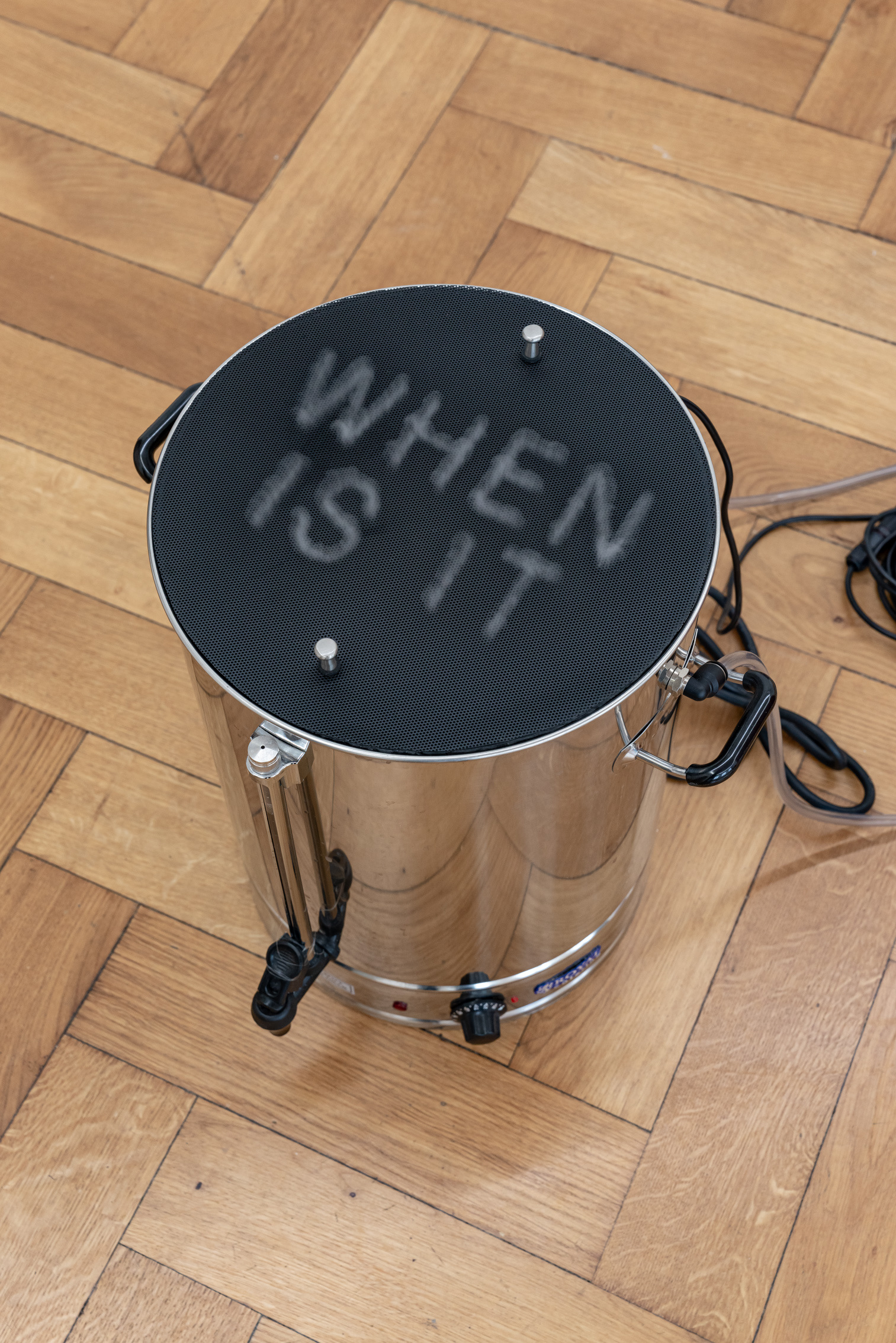
Lennart Lahuis, "When is it that we feel change in the air" (detail), 2021 - 2022, water, containers, trash can, waterboiler, vaporizer, pneumatic system, dimensions variable.
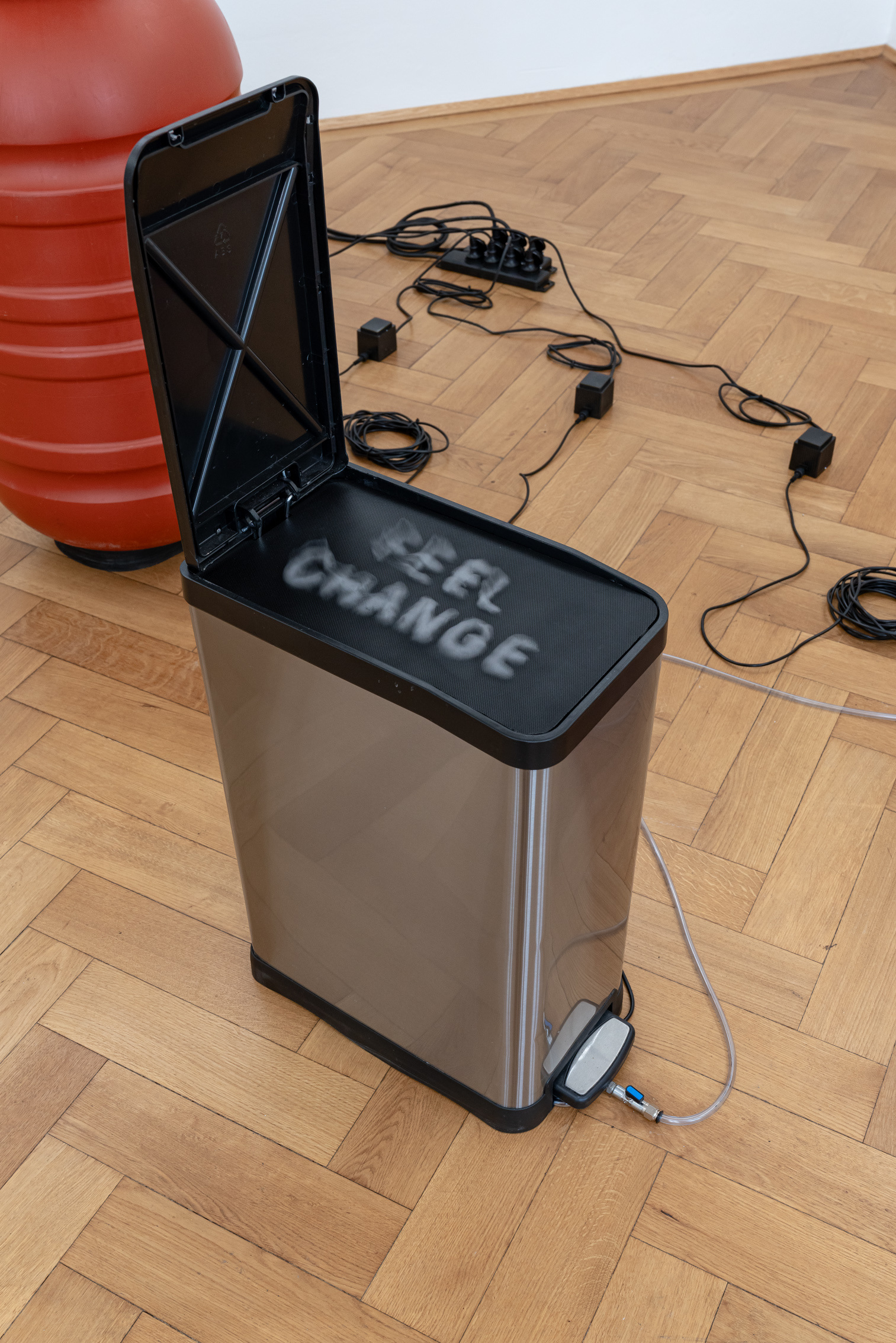
Lennart Lahuis, "When is it that we feel change in the air" (detail), 2021 - 2022, water, containers, trash can, waterboiler, vaporizer, pneumatic system, dimensions variable.
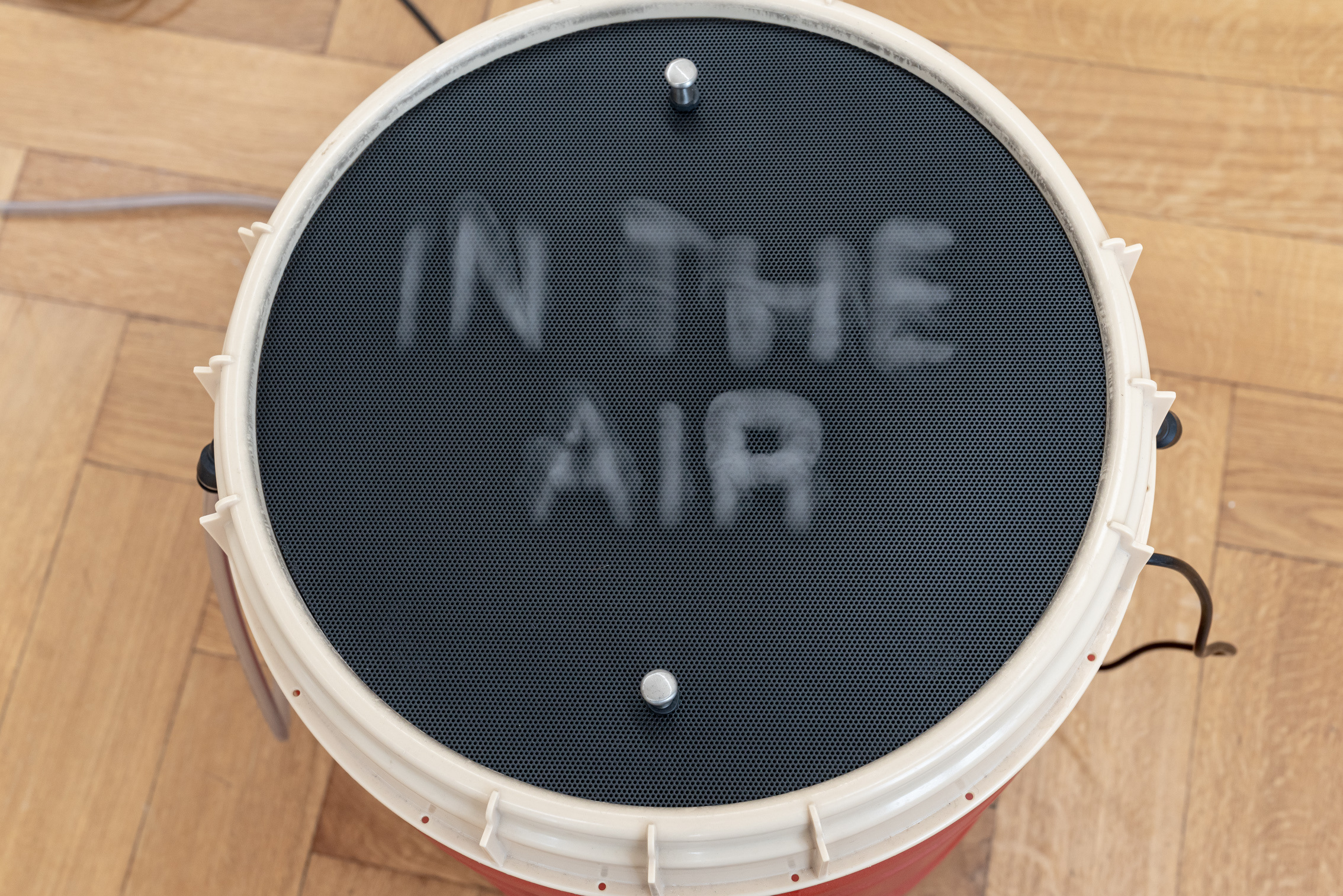
Lennart Lahuis, "When is it that we feel change in the air" (detail), 2021 - 2022, water, containers, trash can, waterboiler, vaporizer, pneumatic system, dimensions variable.
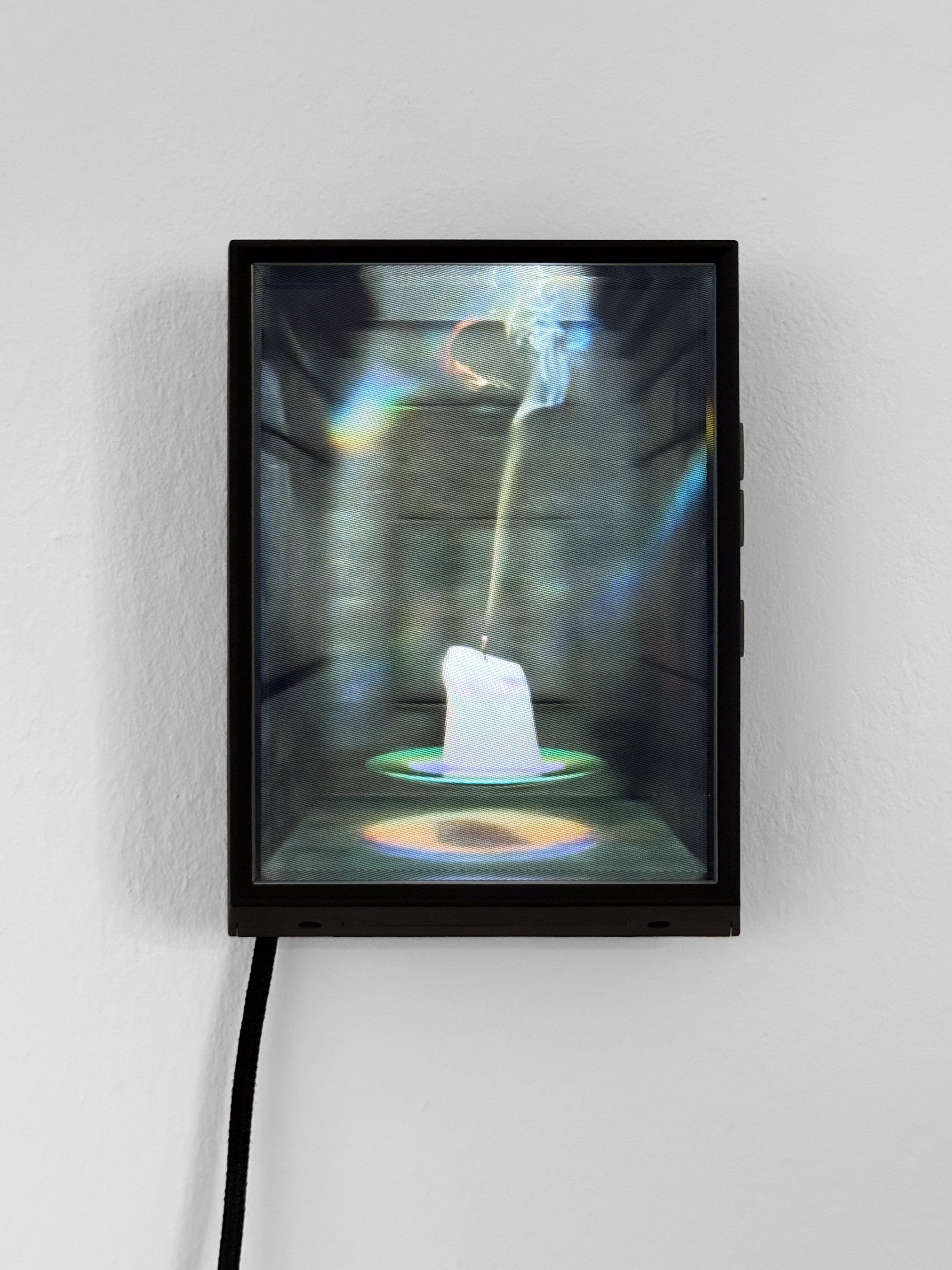
Paul Valentin, "Quilt 9 (Off)", 2024, 3D rendering (animated), hologram frame, 17,5 x 12,5 cm.

Installation view, Lennart Lahuis & Paul Valentin: Solid Currents, Britta Rettberg Munich, 2024.
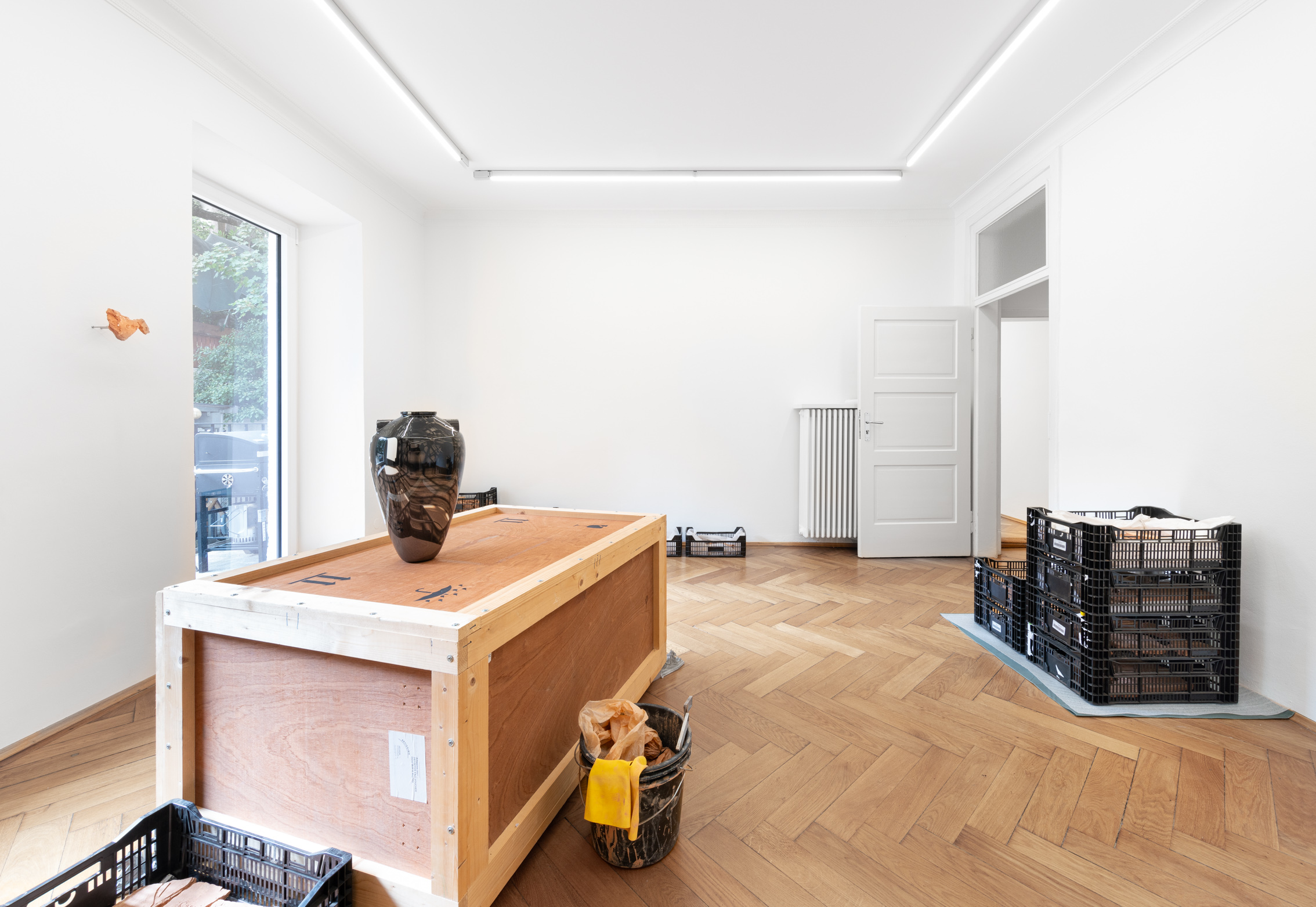
Installation view, Lennart Lahuis & Paul Valentin: Solid Currents, Britta Rettberg Munich, 2024.
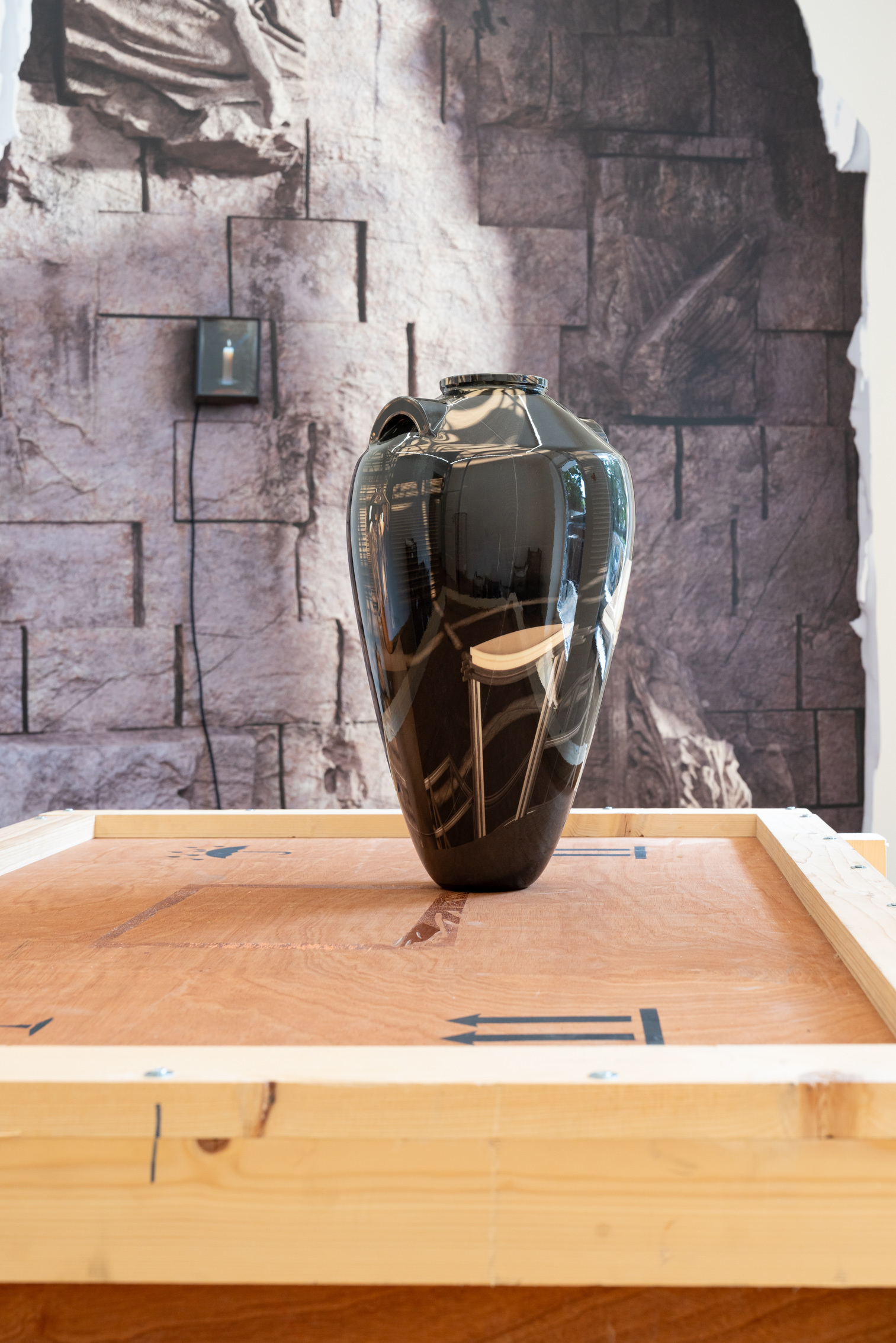
Installation view, Lennart Lahuis & Paul Valentin: Solid Currents, Britta Rettberg Munich, 2024.

Paul Valentin, "Cinders of Sight I", 2024, photopolymers, pigment, lacquered, 48 x 28 x 28 cm.
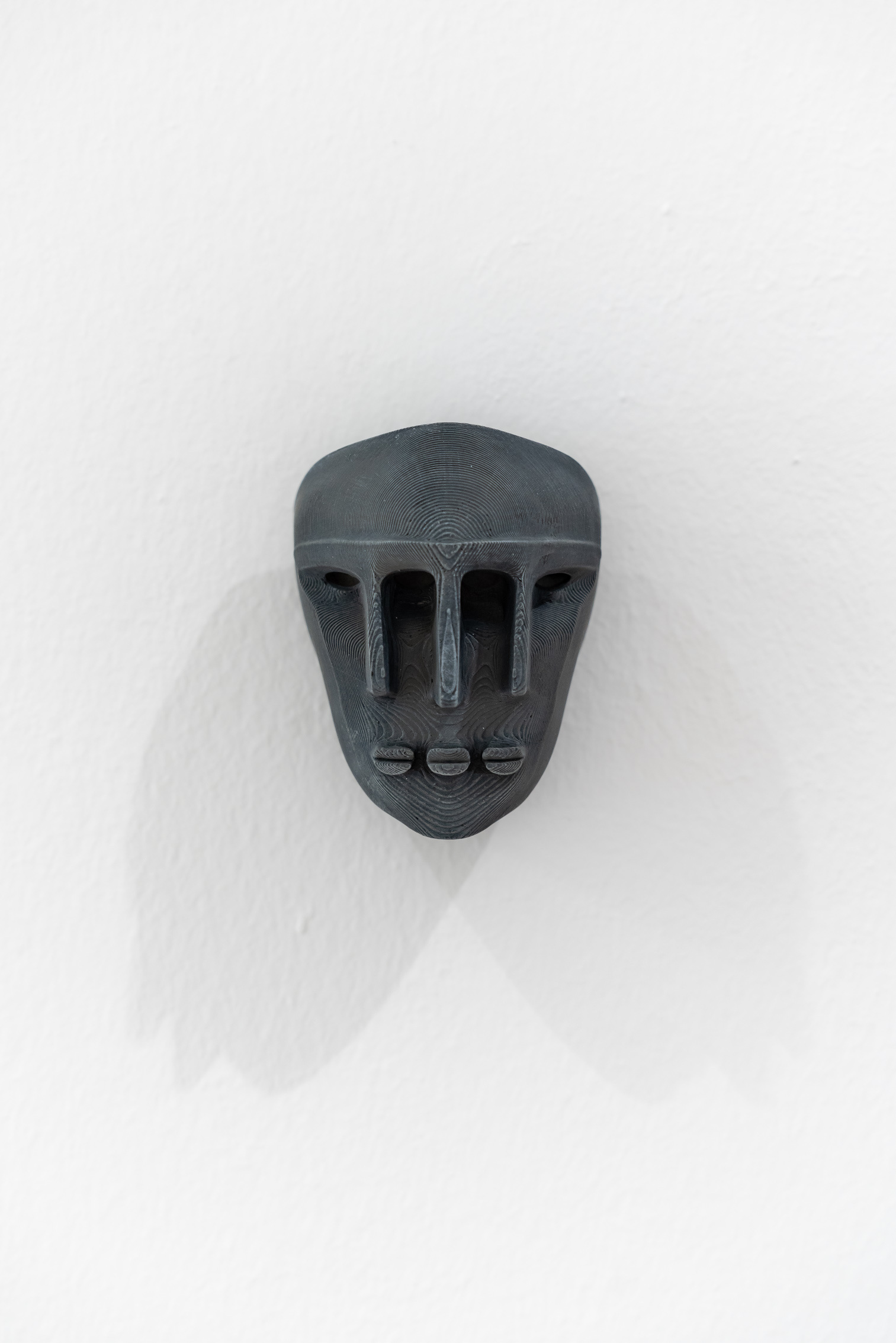
Paul Valentin, "Nagual", 2024, PETG, PLA, citadel technical wash, uniquely painted by the artist, 10 x 8 x 5,5 cm.

Lennart Lahuis, "MURMUR" (detail), 2018 - 2024, unfired clay, plastic, size variable.
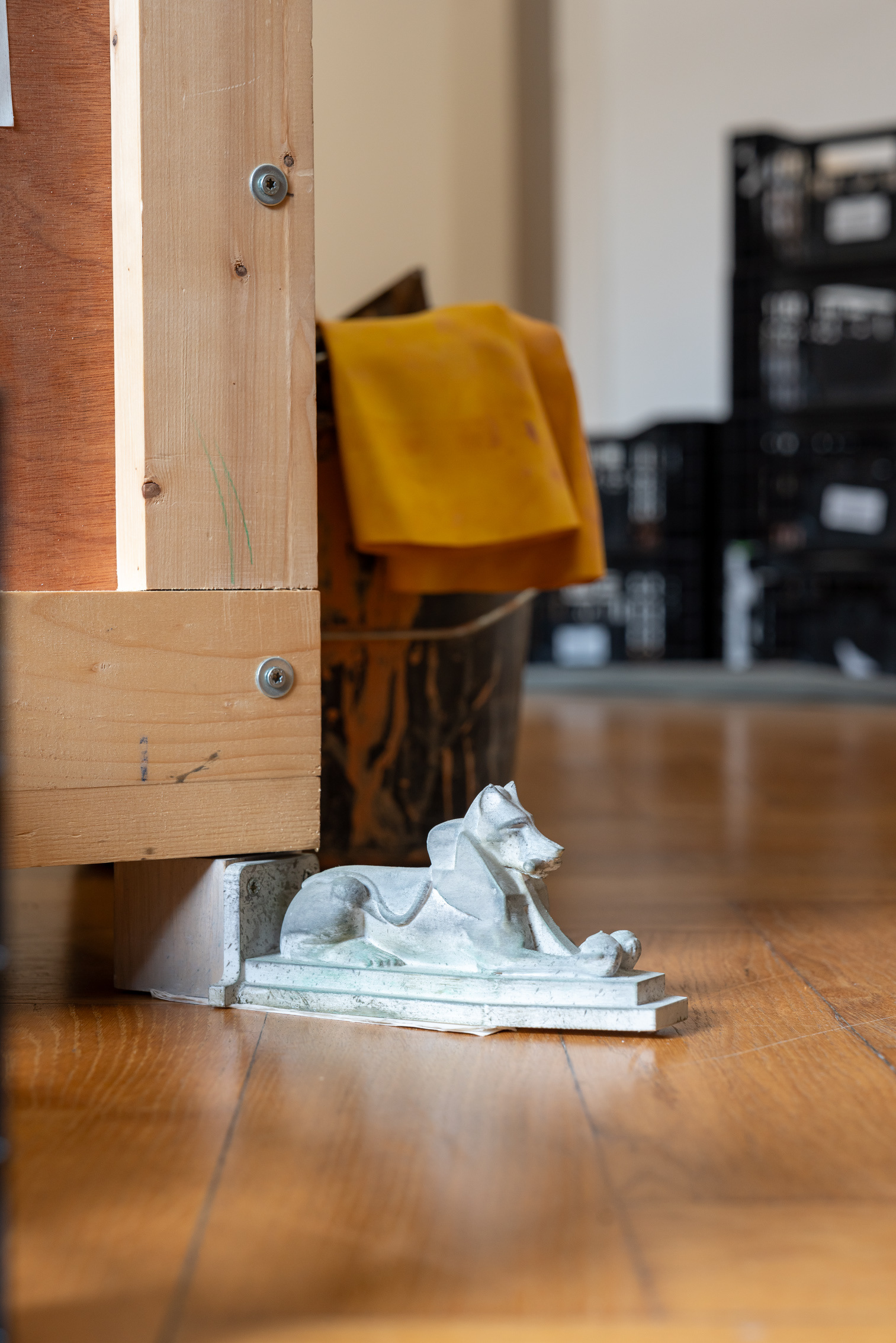
Installation view, Lennart Lahuis & Paul Valentin: Solid Currents, Britta Rettberg Munich, 2024.
In archaeology, past civilizations are studied based on their material remains. The carefully recovered artifacts are measured, mapped, and documented. This scientific approach aims to reconstruct a comprehensive picture of past civilizations and to understand how they contributed to the development of today's society. However, challenges arise when excavated items cannot be easily classified and when the found objects seem to have fallen out of time? In their first joint exhibition, "Solid Currents," Dutch artist Lennart Lahuis and Munich-based artist Paul Valentin explore questions of temporality and examine the recontextualization of objects.
The works assembled in the gallery are composed of objects that can be viewed under the extended archaeological concept of spolia. The term derives from the Latin word "spolia," which originally means "spoils" or "plundered items." However, in this context, the objects have not been taken from other people but rather from existing cultural contexts. The spolia are removed from their original function and reincarnated as part of an artwork. The gallery spaces resemble an archaeological site filled with material and media artifacts whose contemplation sharpens the awareness of our time’s current ecological, social, and philosophical conflicts.
Fragmented, brief poetic sentences flow like a soft murmur through the gallery. Lennart Lahuis' series "MURMUR" comprises fragments of text printed in clay. The inscription is barely visible, with crumbling edges and cracks running through the clay pieces, displayed in the rooms like artifacts from an excavation. Words such as "erosion," "catastrophic," and "flood" can still be deciphered. The carefully placed objects seem to bear the marks of time; however, the familiar typography of the words and traces of a web address in the clay are surprising. Therefore, contrary to the first impression, the clay fragments can be located in the present day. Lahuis plays with the temporality of objects and the fragility of information, which are already slowly eroding before the visitor's eyes. The pieces made from a specific British Weald clay are printed with an adapted version of a typeface mainly used for scientific publications. This impression is not misleading, for what is on display is not a historical text but fragments of a scientific publication from 2017, which describes the erosion process that geologically separated the United Kingdom from the European mainland over thousands of years.
While the text fragments printed in clay appear as if they have already lasted for centuries, the ephemeral words of the series of works “When Is It That We Feel Change In the Air” evaporate within a few seconds. Interested in fundamental questions and physical properties, Lennart Lahuis succeeds in making the invisible visible. Short sentence fragments are visualized by steam rising from familiar containers as if from nowhere. Everyday objects have been alienated and removed from their original function: They are transformed into mystical steam engines in the exhibition space. The fleeting, poetic phrases leave an almost ghostly presence, marked by both fascination and unease. The artist's steaming oracles proclaim their mantras repetitively. The everyday objects become spiritual bodies of sound in which the enigmatic messages resonate even after material evaporation. Lahuis redefines the prevailing physical conditions by transforming everyday objects into ghostly machines and current scientific publications into archaeological artifacts.
Paul Valentin's works also exist within a cosmos of their own. In his digital science fiction universe "Formula" (2023 – ongoing), humanity is absent, as is any precise temporal setting for the narrative. Posthuman figures and familiar objects populate the dystopian landscape. The world created by the artist, which has already served as the foundation for works such as "Tacit Call," "Dia In The Garden," and "Naguali" from 2023, once again becomes the setting for scientific and philosophical reflections in Valentin's new video work "CODA."
Three androids in human form find themselves in a vast, barely lit location. The smooth floor is covered by a shallow layer of water and a dense, square grid of bright green laser beams. The scenery resembles a scientific experiment. Amidst the technical setup, directional microphones can be seen, placed at regular intervals from one another. Equipped with an antiquated flute, the protagonist moves through the space. A single note sounds — again and again. The water begins to vibrate, a vibration that resonates, and a dense soundscape starts to cover the experimental setup. The repeating ritual seems to have no beginning or end. Again and again, a note integrates into the prefigurative composition, slowly evolving into a circular chain of resonance, echo, and feedback. The flute's music becomes measurable data within the ritualistic experiment, creating ghostly tones that permeate the exhibition space. The androids operating in the dark meta-space seem to follow humanity's footsteps, searching for new insights. Whether they are dealing with Albert Einstein's "spukhafte Fernwirkung” (spooky action at a distance) or exploring other mysteries of quantum physics remains unclear. In "CODA," the (sound-)waves on the water's surface function as part of a physical metaphor. The song of the posthuman flutist moves through a four-dimensional spacetime, trapped in the interferences of sound waves and temporal loops.
With his work "Cinders of Sight I," Paul Valentin seems to have successfully materialized a real object from this digital science fiction universe directly into the exhibition. On display is a vessel which shape is reminiscent of an urn or a vase from Egyptian excavations. Much like Lennart Lahuis' series "MURMUR," "Cinders of Sight I" reflects a distorted reality. The apparently highly polished surface of the vase creates the perfect illusion of a reflection of its surroundings. However, upon closer inspection, it becomes clear that nothing is as it seems. Instead of the familiar surroundings of the gallery spaces, visitors can recognize the image of a virtual artist's studio. Following the holographic principle, the two-dimensional, curved surface of the vase contains all the information about the three-dimensional space that the visitors can only glimpse.
Anachronistic yet familiar, the works of Lennart Lahuis and Paul Valentin appear to move seemingly detached from the prevailing space-time continuum within newly constructed realities. The artists create their own worlds, where the established parameters allow for new temporalities as well as physical and media-based illusions. The objects that have fallen out of time experience a new existence as spolia. Their displaced presence unsettles and redirects the visitors' gaze to what lies behind the illusion. Different technological eras converge, causing the present, past, and future to collapse into a circular narrative of history.
Julia Anna Wittmann




